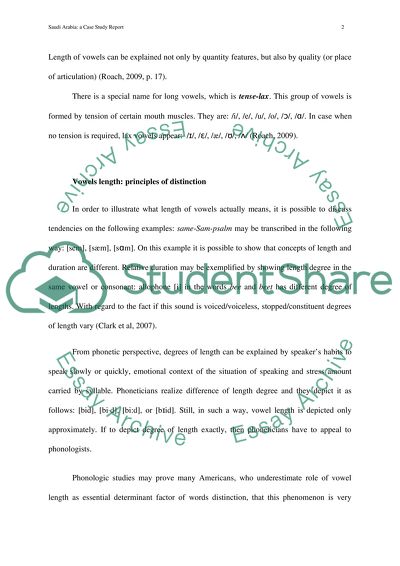Cite this document
(“English Vowel Length Essay Example | Topics and Well Written Essays - 1750 words”, n.d.)
Retrieved from https://studentshare.org/education/1404914-english-vowels-are-often-described-as-short-and
Retrieved from https://studentshare.org/education/1404914-english-vowels-are-often-described-as-short-and
(English Vowel Length Essay Example | Topics and Well Written Essays - 1750 Words)
https://studentshare.org/education/1404914-english-vowels-are-often-described-as-short-and.
https://studentshare.org/education/1404914-english-vowels-are-often-described-as-short-and.
“English Vowel Length Essay Example | Topics and Well Written Essays - 1750 Words”, n.d. https://studentshare.org/education/1404914-english-vowels-are-often-described-as-short-and.


